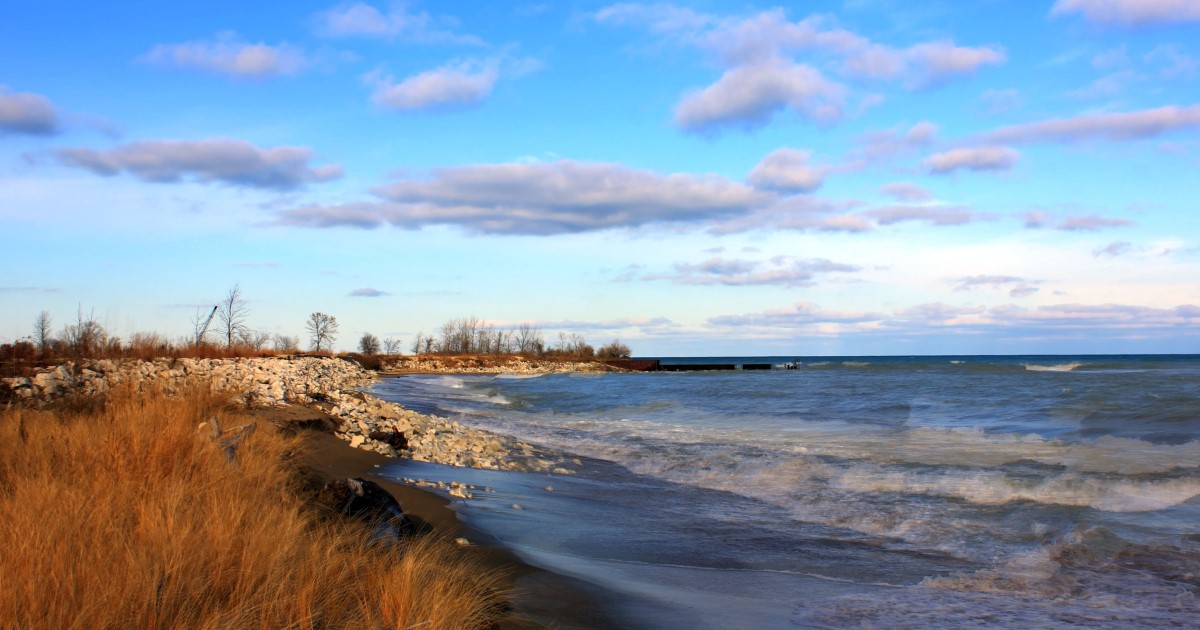Five communities in northern Illinois are moving forward on a plan to create a robust walking and bicycling network along the Lake Michigan shoreline.
The Northern Lakeshore Trail Connectivity Plan, released in late 2020, calls for more than 100 miles of walking and bicycling trails across the communities of Beach Park, North Chicago, Waukegan, Winthrop Harbor, and Zion. The trails will offer residents a safe, healthy, and affordable transportation option, as well as allow better access to the area’s natural resources, including Illinois Beach State Park, regional trail networks, and Lake Michigan.
The plan was created through the Chicago Metropolitan Agency for Planning’s (CMAP) Local Technical Assistance program, with support from the Illinois Department of Natural Resources (IDNR).
The five communities had each adopted local plans within recent years, and all included a recommendation to improve walking and bicycling conditions. Through the Northern Lakeshore Trail Connectivity Plan project, the municipalities worked together toward this common goal.
The result is a cohesive plan that covers a large area — stretching from North Chicago up to the Wisconsin border — and helps more than 160,000 residents benefit from walking and bicycling. By creating better connections between the municipalities, the network will also help attract more visitors, residents, and businesses to the region.
“This plan brought together several partners with various perspectives to reach consensus on goals and priorities. The partnerships strengthened in this process will sustain support for walking and bicycling options in one of the region’s most visited areas,” said Jen Maddux, an associate planner at CMAP who managed the project.
The plan calls for more than $100 million in regional investments, including the 109 miles of new trails and sidewalks, and supporting infrastructure, such as improvements to crosswalks and curb ramps, Pace bus stops and shelters, bike racks and parking, and wayfinding signage.
The Northern Lakeshore plan also recommends a variety of policies and programs to support walking and biking culture. For example, the plan encourages communities to adopt complete streets and traffic-calming policies, offer educational activities and safety classes, and host promotional events like an annual Bike/Walk to the Beach 5K.
Less than six months after the plan was adopted, the five communities have already forged ahead on implementation. Winthrop Harbor, Beach Park, and North Chicago have since adopted complete streets policies, better positioning the municipalities to take advantage of transportation funding opportunities. Beach Park has applied for a large grant from the Illinois Transportation Enhancement Program to implement all recommendations along Sheridan Road within their municipal limits. And IDNR will begin construction this summer on a path that will improve safety and access along the Wisconsin border.
“We’re thrilled with the progress that each community has already made, and this momentum will help ensure the plan moves steadily through implementation,” Maddux said.
